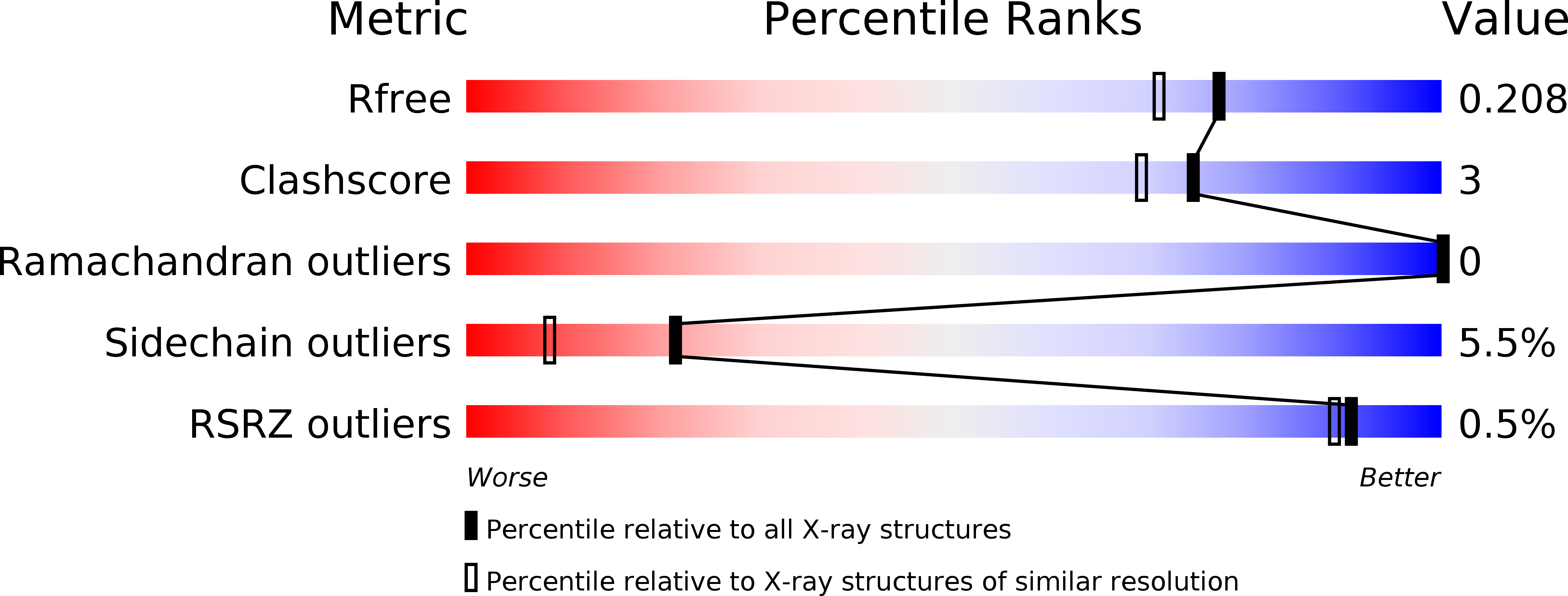
Deposition Date
2013-01-07
Release Date
2014-04-23
Last Version Date
2023-09-20
Entry Detail
PDB ID:
4IOD
Keywords:
Title:
Preliminary structural investigations of a malarial protein secretion system.
Biological Source:
Source Organism:
Plasmodium falciparum (Taxon ID: 36329)
Host Organism:
Method Details:
Experimental Method:
Resolution:
1.80 Å
R-Value Free:
0.21
R-Value Work:
0.17
R-Value Observed:
0.17
Space Group:
C 2 2 21


